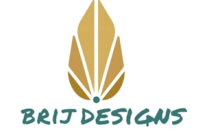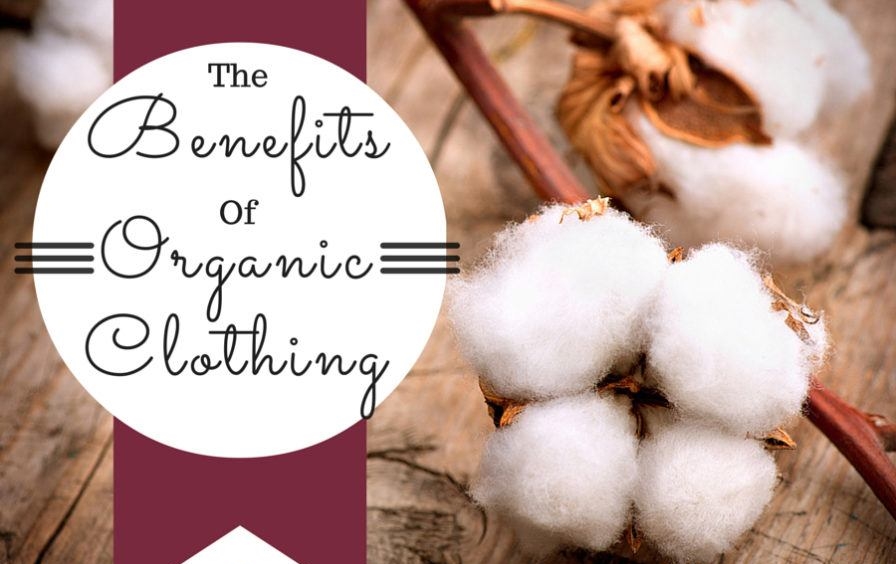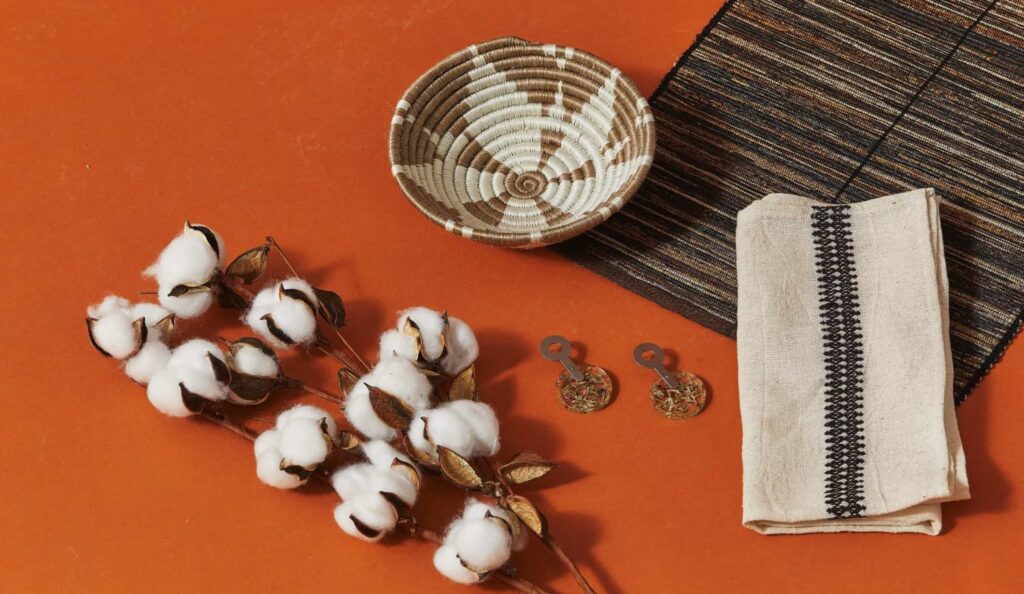Green Fashion
Ethical and Sustainable Apparel ManufacturerKEEPING THE EARTH AS IT IS
Giving back to nature, to restore the balancerij Designs understands its joint responsibility with the government and the public to protect the environment and is committed to regulating all its activities to follow best practices for minimizing negative environmental side-effects arising out of its operations. We are committed to making every effort to build sustainability into our products and processes, and to work on protecting the environment for current and future generations.
RECYCLED MATERIAL
Using recycled material to reduce waste and improve sustainability
RECYCLED MATERIAL
Using recycled material to reduce waste and improve sustainability

ORGANIC FABRIC
Working with organic and sustainable fabric to reduce carbon footprint
Reduce waste
Ensuring ethical manufacturing processes in adherence with environmental safety and sustainability standards, to reduce negative environmental impacts
WE MADE GREAT EFFORTS TO GUARANTEE SUSTAINABILITY AND TO ENSURE NO HARM IS DONE TO THE ENVIRONMENT.
Below a is quick snapshot of some of our efforts towards environmental sustainability:Below a is quick snapshot of some of our efforts towards environmental sustainability:
Working with sustainable and recycled fabric to reduce carbon footprint
Using CNG vehicles instead of petrol and diesel cars for transporting goods
Protecting natural resources especially water, energy and fuel through continually improving efficiency and reducing wastage
Encouraging employees to use public transport or carpools
Minimizing emission levels by embracing Reduce – Reuse – Recycle practices
Building active environmental consciousness amongst all our employees
Ensuring compliance with applicable environmental standards through regular audits
Higg Index certification for assessing environmental and social sustainability at every stage in our sustainability journey
ORGANIC FABRICS
Organic farming is the greenest approach to produce high quality organic fibre which is then converted into fabric. Natural fabrics when manufactured using organic production systems right from fibre to fabric stage is called organic fabric.What’s the production process?
Organic farming is the greenest approach to produce high quality organic fibre which is then converted into fabric. Natural fabrics when manufactured using organic production systems right from fibre to fabric stage is called organic fabric.- Storage and pre-cleaning of the organic fibres in a segregated sectors.
- Hydrogen Peroxide is used in the bleaching process instead of chlorine compounds.
- Organic yarns are produced in an isolated ring spinning section, with a physical barrier to prevent cross contamination by other fibres.
- Carding and combing are carried out in dedicated machinery.
- Dedicated looms and knitters are assigned for 100% organic fabric production.
- All organic fibre & yarn handling and transportation equipment is segregated by colour-coding.
- Cornstarch is used for sizing.

What are the environmental benefits for Organic fabrics?
- No chemical pesticides, herbicides and chemicals are used when growing organic cotton in farms
- Organic cotton farming uses up to 60% less water than conventional farming methods.
- Organically grown cotton can be used to produce organic food products for people and animals.
- Builds biologically diverse agriculture environment.
- Builds more Jobs and income for local farmers.
- Humans and animals are not exposed to chemical pesticides or herbicides
- Organic cotton farming produces far less CO2 emissions. Organic farming takes 1.5 tonnes.
- Replenishes and maintain soil fertility.

Replenishes and maintain soil fertility.
Replenishes and maintain soil fertility.- Is a proof of concept that showcases the enterprise models of the new economy
It fights poverty, climate change, gender inequality and injustice
- It is a vision of business and trade that put people and planet before profit

top 10 principles of fair Trade
Replenishes and maintain soil fertility.Paying producers a fair and fixed price by mutual agreement, ensuring socially acceptable wages depending on the location. The aim is always the payment of at least a Local Living Wage.
Trading fairly with concern for the social, economic and environmental well-being of producers.
Raising awareness for the need of greater justice in world trade by trading fairly with poor communities.
Seeking to develop the skills of producers and workers so they can continue to grow and prosper.
Caring for the environment by maximising use of sustainable energy and raw materials while minimising waste and pollution.
Involving producers in important decision making and being transparent and accountable in management and commercial relations.
Providing a safe and healthy working environment for producers and workers in line with the International Labour Organization (ILO) conventions.
Adhering to the United Nations (UN) Convention on children’s rights. The organisation ensures that there is no forced labour in its workforce and / or members or homeworkers.
Poverty reduction through trade and making producers economically independent.
Respecting the trade union rights and rejecting discrimination based on gender, religion or ethnicity. discrimination based on gender, religion or ethnicity.








